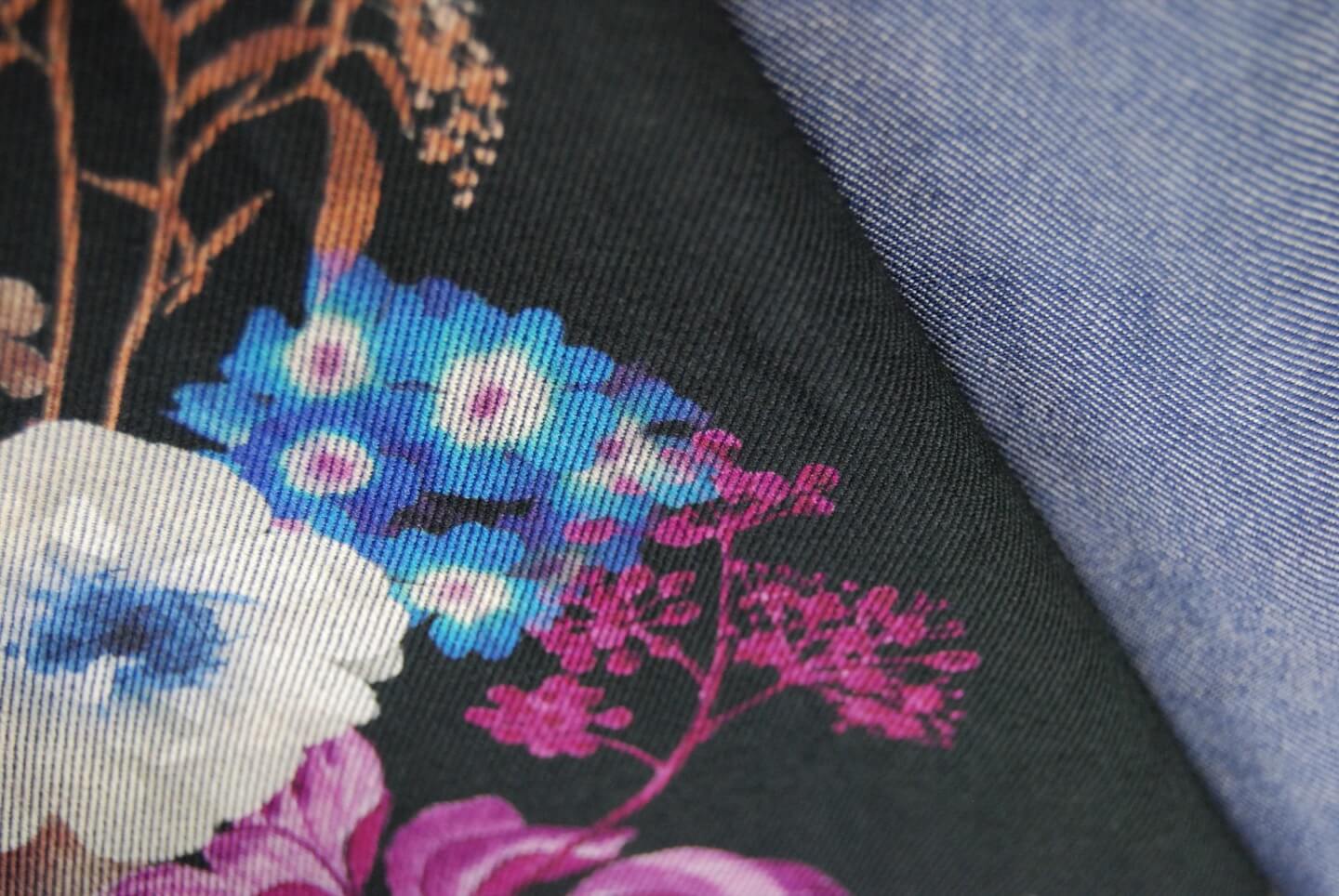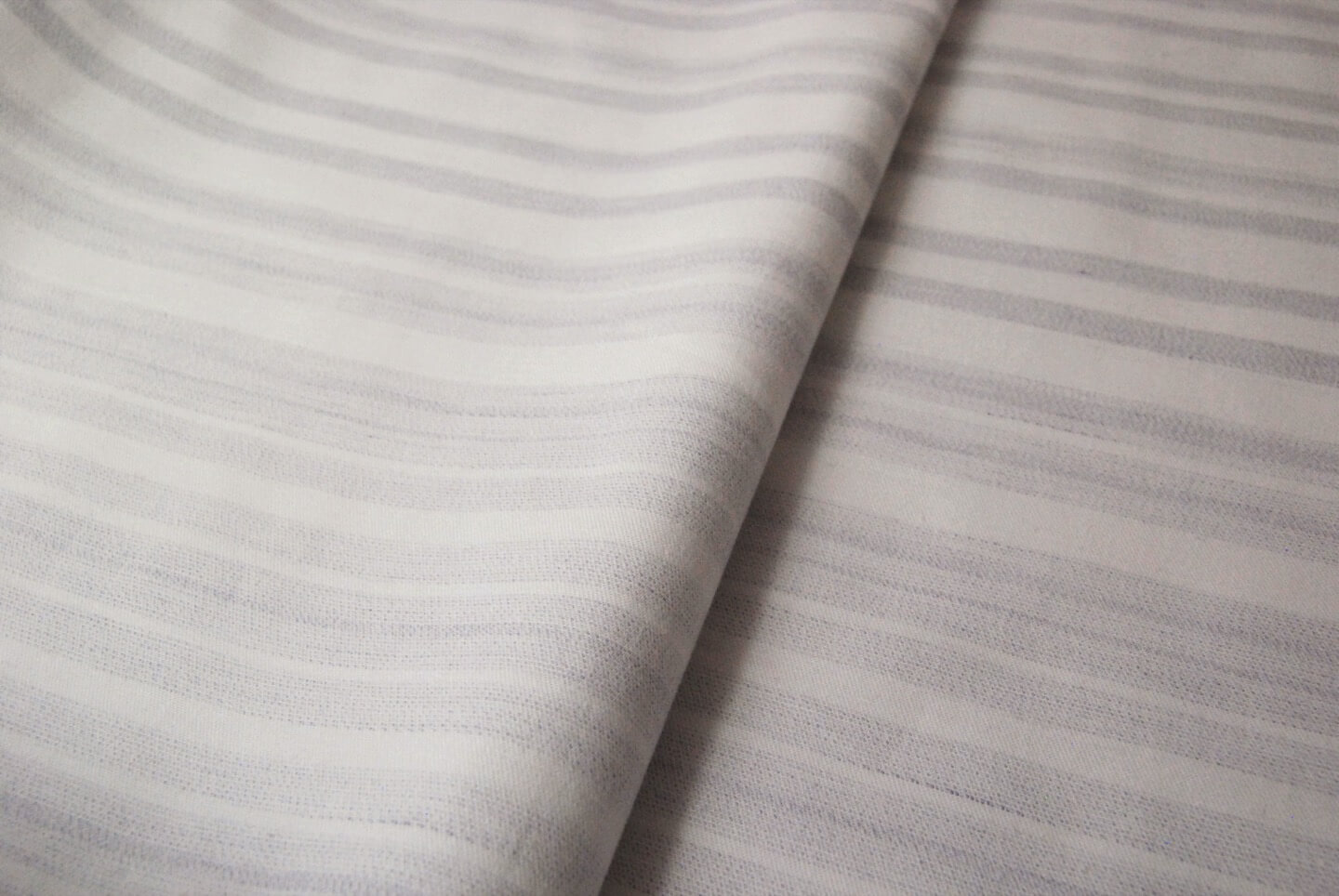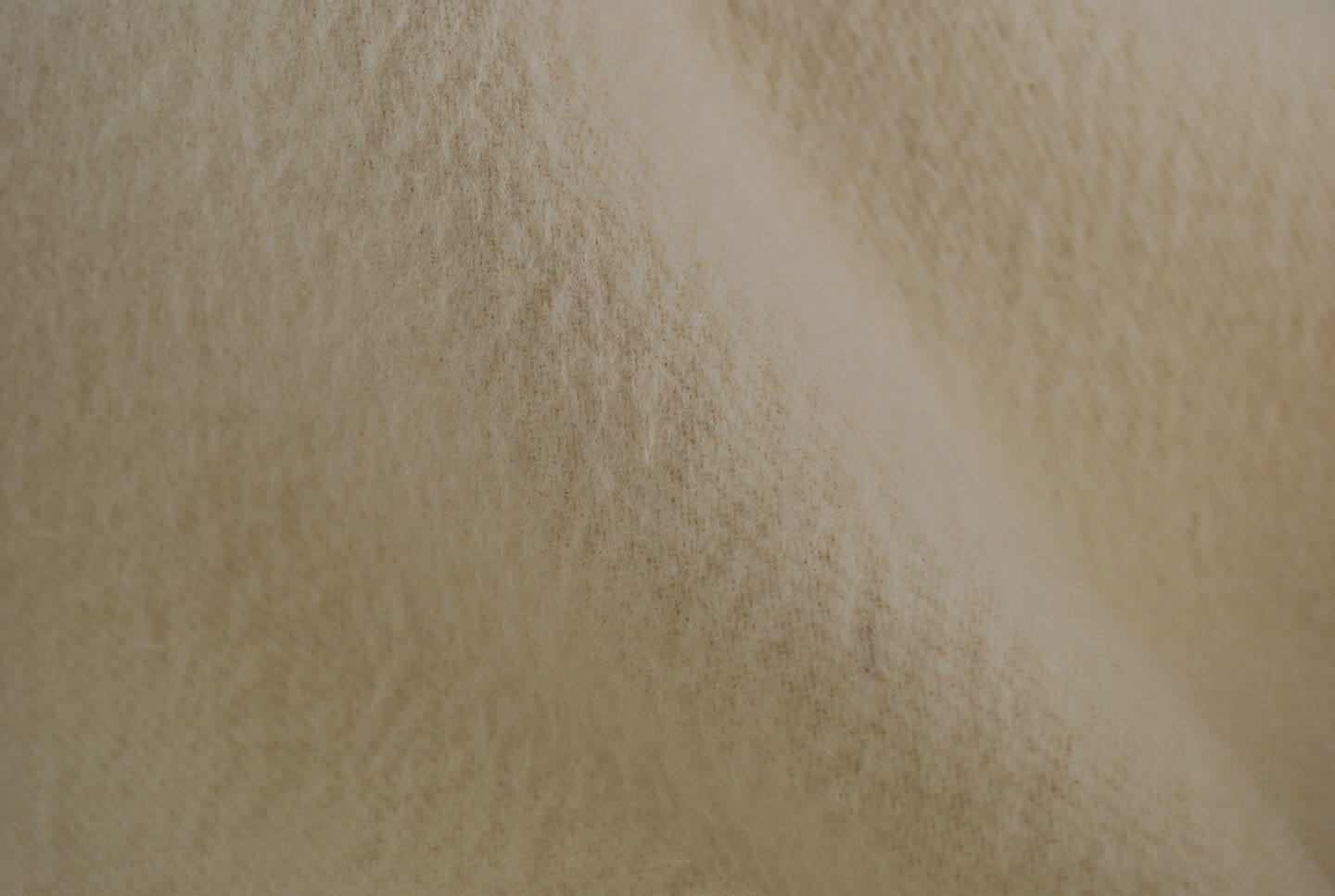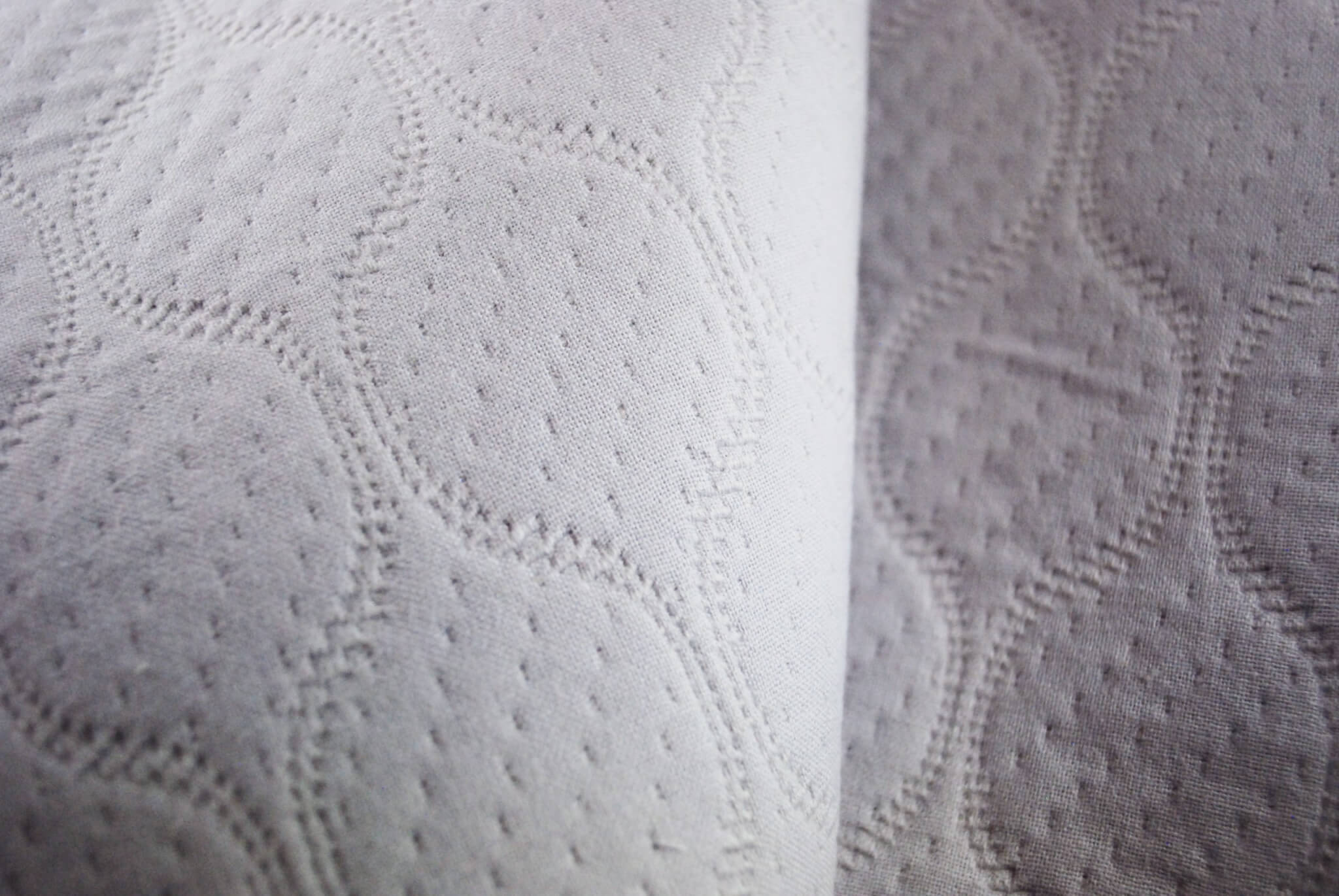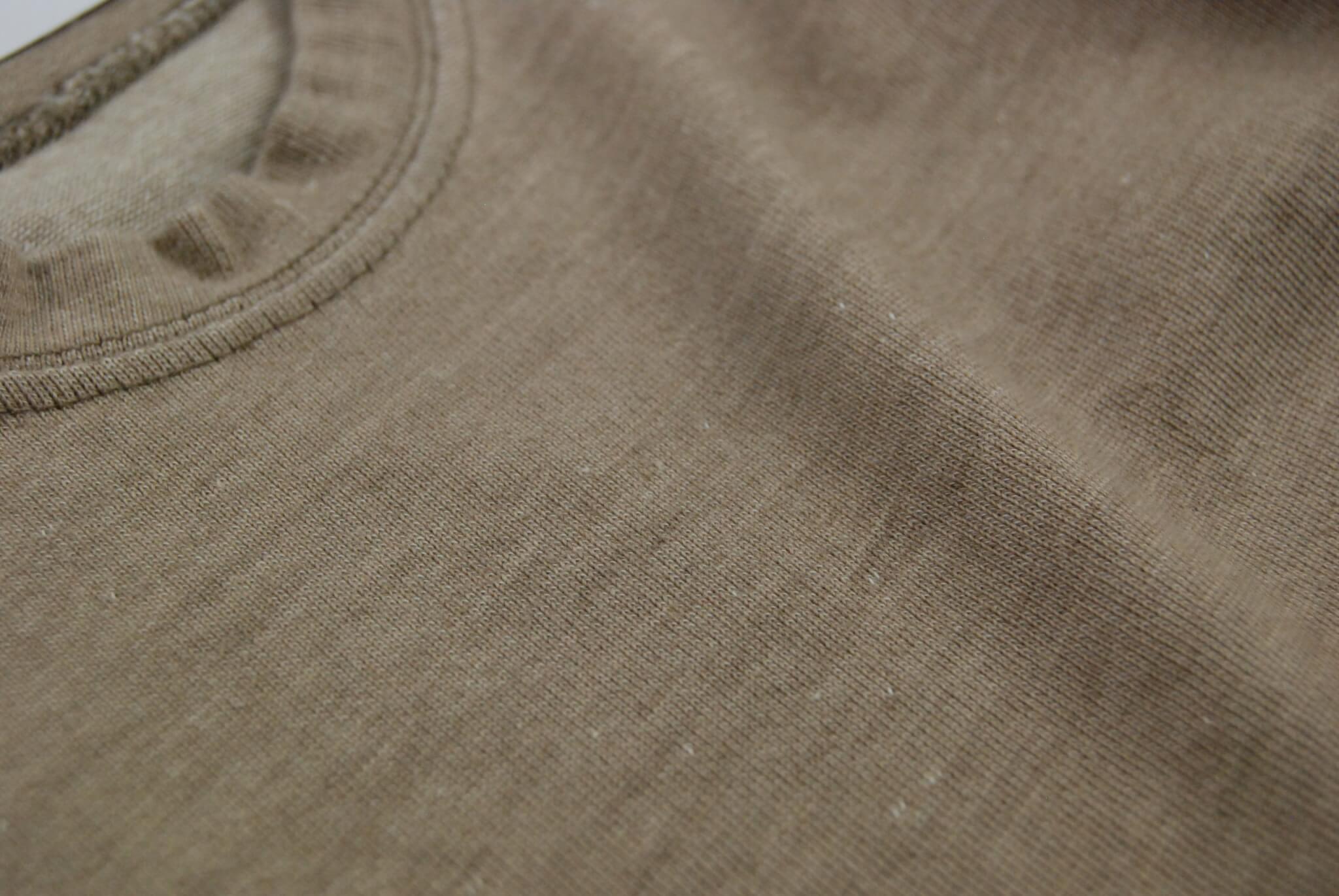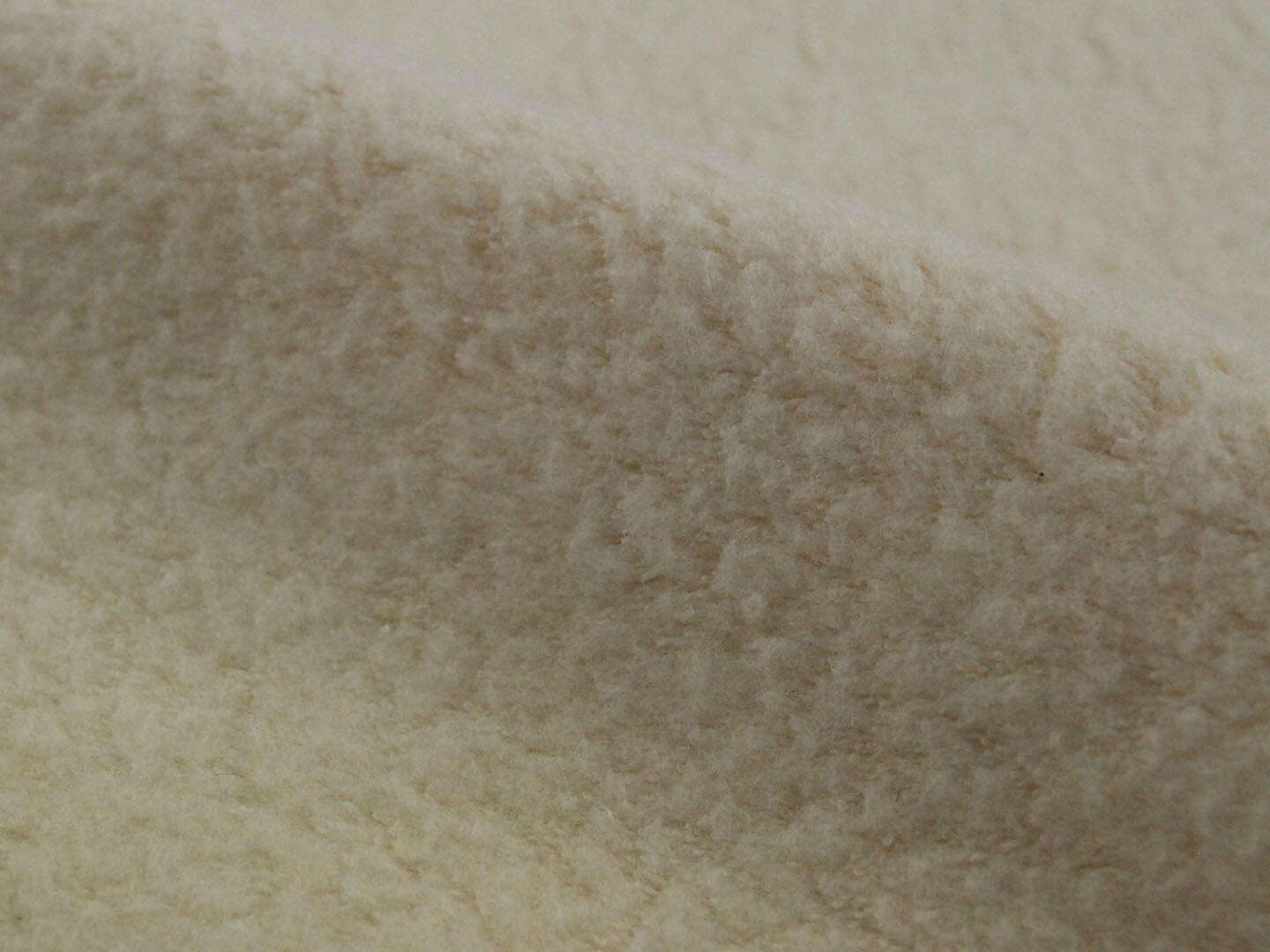Cotton Home Textiles
Cotton’s soft, breathable nature makes it optimal for home textiles like sheets, blankets, towels, upholstery, curtains, and more.
The Comforts of Home with Cotton
Cotton is the number one fiber preferred for home textile products in the U.S. consumer market.1 Naturally breathable, soft, and hypoallergenic,2 cotton is ideal for creating a comfortable and safe living environment.
Its inherent qualities elevate sheets, blankets, towels, upholstery and curatins above synthetic alternatives. Cotton’s recyclability3 and biodegradability4 also support cicular design goals. Performance technolgies can further enhances cottons natural strengths by improving absorbtion, durability, softness, and thermoregulating properties
Choosing cotton for your home products signals that your brand prioritizess comfort, safety, and sustainability.
The Cotton Advantage for Home Textiles
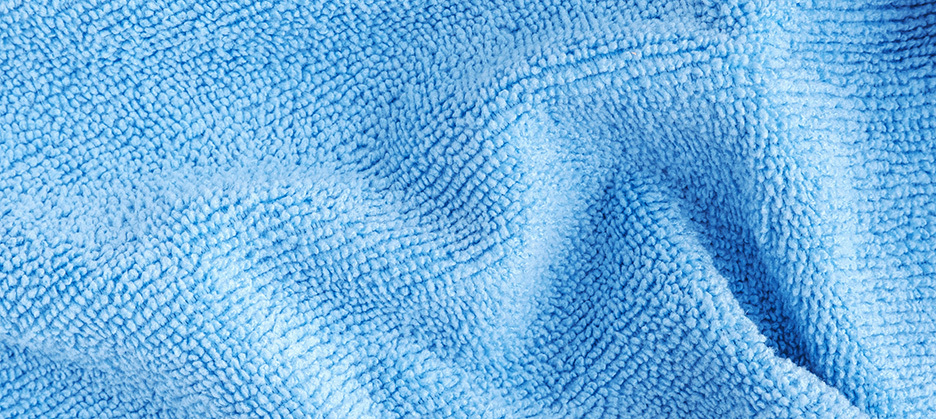
Absorbent towels. Fluffy blankets. Cool sheets. Easy-to-clean fabrics. From cotton sheets and blankets to upholstery, curtains, and more, there’s something comforting and cozy about cotton textiles. Consumers notice the difference: 79% say cotton bedding and bath products are the highest quality1
Cotton is comfortable, sustainable, and hypoallergenic,2 earning consumer preference and giving it a competitive edge in home textiles.
Consumer Preference
Cotton delivers what consumers want in home textiles. They know it’s soft, durable, and safe for their families, so they trust cotton products to make their homes comfortable.
Hypoallergenic
Cotton is harvested straight from a plant, making it naturally hypoallergenic2 and a great choice for sensitive skin. Cotton is commonly recommended by dermatologists for those with skin sensitivities or allergies. Cotton’s soft, soothing texture is the ideal material when you want to wrap yourself up in unparalleled comfort.
In a Cotton Incorporated study,2 both natural and purified forms of cotton passed the Human Repeat Insult Patch Test (HRIPT), which was conducted by an independent lab specializing in clinical testing. There was no irritation response to the cotton fiber patch test on any of the 200+ participants, even those with sensitive skin.
Sustainability
From responsible farming practices to its recyclable3 and biodegradable4 possibilities, cotton can help your brand meet its sustainability goals through circular possibilities.
Cotton growers often use regenerative agriculture practices, which capture carbon while enhancing soil health, biodiversity, water, and air quality — all while keeping farms productive.8 Growers in the U.S. have already reduced pesticide applications by 50%, reduced irrigated water applications by 45%, and increased fiber production without using more land.10
As a natural fiber, cotton does not shed microplastics like synthetics do. In fact, cotton breaks down 97% faster than polyester in marine environments and is a potential solution to the microfiber pollution issue.9 Instead of leaching pollutants like synthetics, works with the cycle of nature and breaks down completely.4
Once cotton-based products reach the end of their first use, their journey isn’t over. Cotton textiles can be recycled3 into other products, like stuffing for pillows and bedding, insulation for homes and cars, and cleaning tools like rags and mops. Even after secondary use, cotton products can compost4 and return to nature, helping grow plants (like more cotton!) and closing the circularity loop.
Discover cotton’s full sustainability story on our Cotton Sustainability Fundamentals page.
Cotton SustainabilityThe Seal of Cotton
When it comes to home textiles, consumers are discerning about their fiber selections and are likely to check the label for fiber content information.1 Make it easy for them to see your home textile products are 100% cotton with the Seal of Cotton trademark.
The Seal of Cotton ensures consumers recognize your products as the authentic, natural material they love and trust. Get started on your license on our Seal of Cotton page: it’s simple and free.
Get the SealRest Easy: Benefits of Cotton Bedding

Sleep wellness is a hot topic, and more consumers are gaining awareness of the importance of getting a good night’s rest. Cotton’s natural properties create cotton sheets, blankets, and bedding that are soft, breathable, and naturally thermo-regulating — the perfect choice for achieving deep and rejuvenating sleep.12
Cotton’s breathability means humidity easily passes through the fabric, leading to an ideal microclimate against the surface of the skin. Cotton naturally reduces thermal discomfort due to its ability to transfer excess heat from the skin to the outside environment.12 This means cotton bedding can help the body’s moisture to evaporate quickly and comfortably. Cotton also keeps you cooler while sleeping, as it maintains the decrease of body temperature.12
Cotton sheets are naturally odor resistant. Cotton fibers release body odors during washing, leading to fresh-smelling fabrics. Polyester, on the other hand, binds with odor molecules, leading to a foul smell that typically requires antibacterial technology to control.13
Discover the best cotton sheets for your customers with our Retail Buying Guide for Cotton Sheets.
Performance Technologies for Cotton Sheets
On top of its inherent qualities, cotton bedding can be treated with a variety of technologies to boost temperature regulation and support restful sleep.
RESTech COTTON™
This technology seamlessly blends cool comfort, exceptional durability, and gentle softness, all while prioritizing sustainability. Initially tested for bed sheets, this versatile technology can also be adapted for a range of top of bed products, including duvets and blankets.
TOUGH COTTON™
TOUGH COTTON™ technology without resin uses a proprietary blend of softeners and crosslinking agents to achieve superior abrasion resistance, durability, and strength while improving fabric hand and sewability.
TransDRY® Technology
Wick moisture, dry faster, and increase comfort with the TransDRY® technology for woven and knit bedding. This technology is a yarn application that creates alternating ends of treated yarns, allowing for moisture to move and spread.
WICKING WINDOWS™ Technology
Transfer moisture directionally away from the body with the WICKING WINDOWS™ technology. Applied as a print application on the technical back of woven or knit fabrics, the technology dries faster and improves overall comfort.
Learn more about cotton’s technical possibilities on our Performance Technologies page.
Performance TechnologiesFashion Forward Home Textiles

The natural softness and durability of cotton make it the perfect choice for home textiles, but consumers often make their interior design decisions based on the latest trends.
From trendy upholstery to fluffy towels and beautiful textiles for cozy living spaces, the Cotton Incorporated Material Library will inspire you with our curated collection designed specifically for the home textiles market. As a capsule collection incorporating new yarns, interesting woven or knit fabric structures, and unique dyeing and finishing techniques, our home collection demonstrates the limitless possibilities of cotton for the world of home fashion.
Explore the full Home Collection in our Material Library.
Material LibraryCarolina Specialty Fabrics
Location: Newton, NC
Capabilities: Cotton flannel, canvas, double cloth flannel blankets
Crypton Fabrics
Location: Detroit, MI
Capabilities: Performance upholstery fabrics, jacquard woven home fabrics
Family Heirloom Weavers
Location: Red Lion, PA
Capabilities: Range of yarn-dyed home fabrics, specializing in historically accurate and authentic reproduction textiles on vintage looms.
Hamrick
Location: Gaffney, SC
Capabilities: Cotton sheets
Inman Mills
Location: Inman, SC
Capabilities: Home furnishings fabrics
JB Martin
Location: Leesville, SC
Capabilities: Cotton velvets for home
Manual Woodworkers
Location: Hendersonville, NC
Capabilities: Top of the bed, decorative
Pure Country Weavers
Location: Lynn, NC
Capabilities: Throws, pillows
Standard Textile
Location: SC, GA
Capabilities: Towels, sheets, top of the bed
Thomaston Mills
Thomastonmills.com
Location: Thomaston, GA
Capabilities: Bedspread, duvet, sheeting, toweling for hotels, hospitals, and similar
Valdese Weavers
Location: Valdese, NC
Capabilities: 1801 upholstery line uses cotton
Weavetec
Location: Blacksburg, SC
Capabilities: Dobby, jacquard woven home furnishings
Page References
Cotton Incorporated’s 2024 Global Home Textiles Survey, U.S., n=1442
Product Investigations, Inc. (2019, December 31). Determination of the irritating and sensitizing propensities of TJ Be All mechanically cleaned “True Cotton” on human skin (Report No. PI-40547). Prepared for Cotton Incorporated, Cary, NC.
Cotton products are recyclable only in a few communities that have appropriate recycling facilities.
Li, L., Frey, M., & Browning, K. J. (2010). Biodegradability Study on Cotton and Polyester Fabrics. Journal of Engineered Fibers and Fabrics, 5(4). https://doi.org/10.1177/155892501000500406
Cotton Incorporated. (2025). Lifestyle Monitor™ Survey. N=500.
Cotton Incorporated. (2025, Year-to-date April). Lifestyle Monitor™ Survey. N=5,139
CCI and Cotton Incorporated’s US Sustainability Survey, Wave 3, 2023, N= 1,013.
Zambrano, M. C., Pawlak, J. J., Daystar, J., Ankeny, M., Cheng, J. J., & Venditti, R. A. (2019). Microfibers generated from the laundering of cotton, rayon and polyester based fabrics and their aquatic biodegradation. Marine Pollution Bulletin, 142, 394-407. https://doi.org/10.1016/j.marpolbul.2019.02.062
Field to Market. (n.d.) Defining Sustainable and Regenerative Agriculture. Retrieved October 15, 2024 from https://fieldtomarket.org/defining-sustainability/
Thomson, A., Wick, G., Ramsey, S., Kliethermes, B., & Hickman, B. (ed.). (2016). Environmental and Socioeconomic Indicators for Measuring Outcomes of On-Farm Agricultural Production in the United States (3rd ed.). Field to Market. ISBN: 978-0-692-81902-9
Cotton Incorporated’s 2023 Seal of Cotton survey, a survey of 1,500 US consumers conducted January 30-February 12, 2023.
Cotton Incorporated. (2014). Comfort Testing Project Report. AAT Research
https://cottonworks.com/wp-content/uploads/2025/12/Comfort-Testing-Project-report-April-2014-AAT_1.pdf
Mukhtar Abdul-Bari, M., McQueen, R.H., Paulina de la Mata, A., Batcheller, J.C., Harynuk, J.J. (2020). Retention and release of odorants in cotton and polyester fabrics following multiple soil/wash procedures. Textile Research Journal, 90(19-20), 2212-2222. doi:10.1177/0040517520914411

